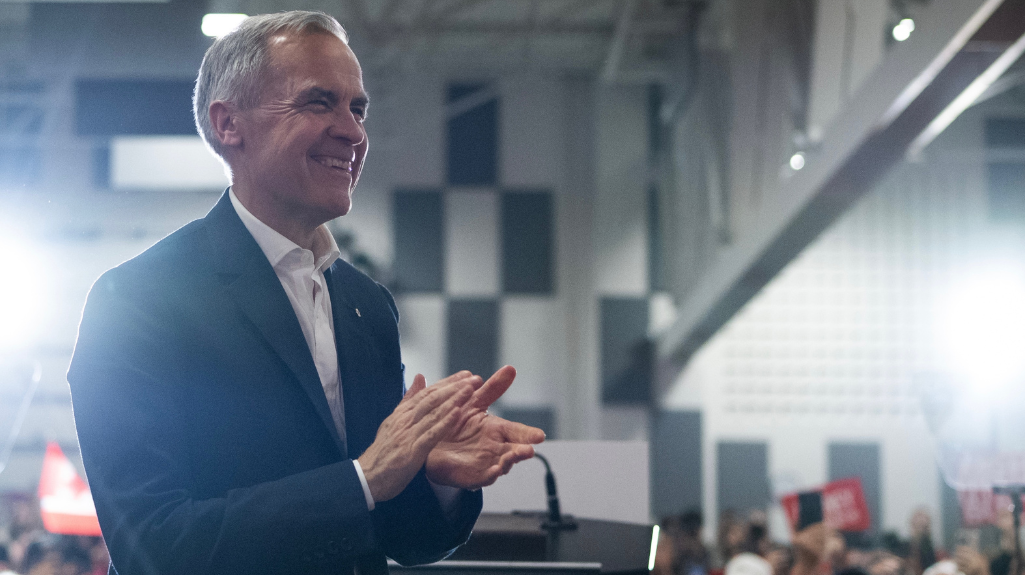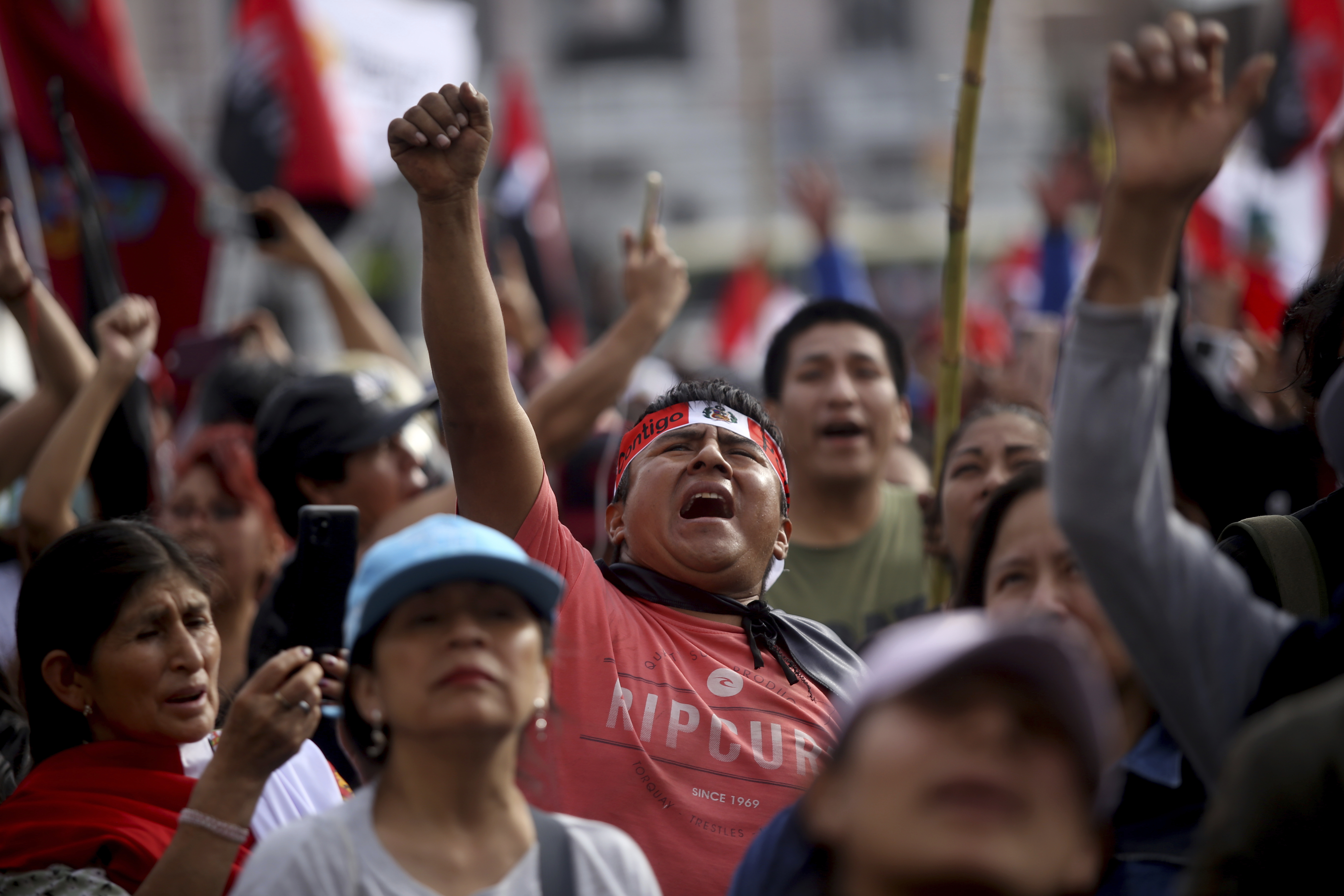Election Update: What Piñera's Win Means for Chile
Election Update: What Piñera's Win Means for Chile
As business mogul Sebastián Piñera gets a second stab at the presidency, we look at the implications for legislation, markets, and trade.
It’s official. Chile will have 16 years of government going back and forth between two presidents: Michelle Bachelet and Sebastián Piñera. The billionaire president-elect of the Let’s Go Chile (Chile Vamos) coalition won Sunday’s second-round vote against the Bachelet-backed candidate—journalist-turned-Senator Alejandro Guillier. With 99.9 percent of votes counted, the right-of-center Piñera took 54.5 percent of ballots while Guillier reined in 45.4 percent.
Though Piñera had been leading the polls since the beginning of election season, the results of the November 19 first round gave him only 36.6 percent of the vote, leading analysts to expect a much tighter runoff result. In the end, the divided left had voters turning out at a lower rate than their counterparts on the right: More left-leaning voters that participated in the first round abstained in the second, while the reverse was true for conservative voters.
As Piñera prepares to take the helm on March 11, here are some of the implications his win will have for the Southern Cone country.
Necessary consensus
Though typically one of Latin America’s most stable and predictable countries, Chile’s political makeup has demonstrated a significant shift in this year’s electoral rounds. The strong performance in the November 19 vote of the third- and fourth-place candidates—respectively, Beatriz Sánchez of the Broad Front (Frente Amplio) and José Antonio Kast of the Independent Democratic Union (Unión Demócrata Independiente)—showed how the moderate center in the country has lost ground as voters move closer to each end of the political spectrum.
Congress, for one, got its biggest party makeover in decades, electing the lowest percentage of incumbents since 1990. As a result, Piñera’s legislative allies will have to work with a total of 16 different parties in Congress. Piñera’s own coalition fell just short of a majority, with 44 percent in the Senate and 47 percent in the Chamber of Deputies. In his victory speech, Piñera made a point to renew his commitment to “unity and dialogue.”
Rallying business community
From the start, the business magnate was a favorite for markets and those who yearned for a return to the days of robust economic growth seen during his first administration, from 2010 to 2014. Back then, Chile’s GDP was growing an average 5.3 percent, said former Chilean Finance Minister Felipe Larraín in a Latin America in Focus podcast, who was heading the former president’s economic agenda on the campaign trail. That’s a marked difference from the 1.3 percent it’s expected to grow in 2017. Piñera campaigned on promises to double economic expansion by lowering the tax rate on corporations and domestic investors, as well as removing red tape on mining projects. As such, his win registered a record high for Chilean stocks while the Chilean peso strengthened more than 2 percent against the dollar.
More integration with Latin America
Piñera’s administration can also be expected to deepen Chile’s regional tries, particularly when it comes to commercial trade agreements. Piñera’s first administration saw the birth of the Pacific Alliance, a trade bloc accounting for 39 percent of the region’s GDP that includes Chile, Colombia, Mexico, and Peru. Per his economic advisor Larraín, Piñera’s trade agenda lines up with discussions initiated earlier this year for greater collaboration between the alliance and Mercosur, another Latin American economic bloc made up of Argentina, Brazil, Paraguay, and Uruguay. Latin American presidents, from Colombia’s Juan Manuel Santos to Argentina’s Mauricio Macri have already congratulated the president-elect and expressed their support.
Un abrazo y mis felicitaciones a @sebastianpinera por su triunfo anoche. Sé que vamos a trabajar juntos para profundizar la relación entre nuestros países y por el bienestar de la región
— Mauricio Macri (@mauriciomacri) December 18, 2017











